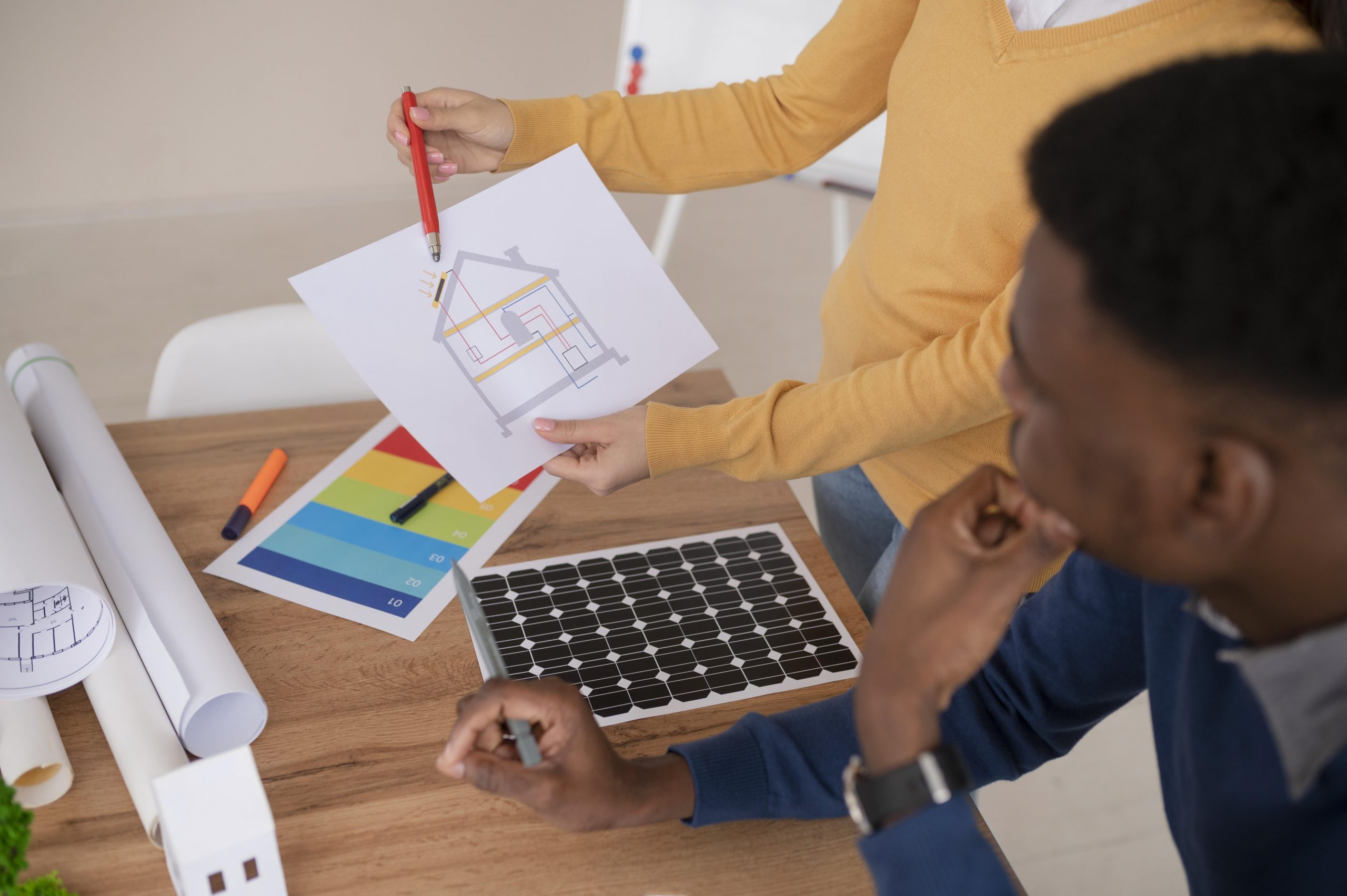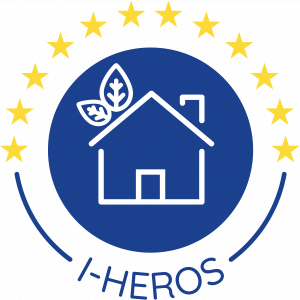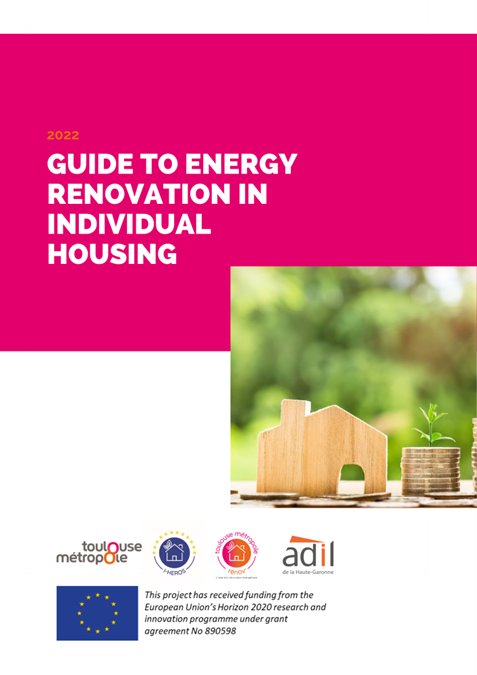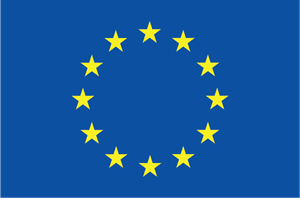
The green value of a home has become an essential element in the French real estate market. The energy performance of housing determines not only its capacity to be rented (achieving an energy performance as a criterion of decency since 1st January 2023) but also its market value.
The green value of housing, ‘increased value generated by a better energy and environmental performance of one property compared to another’, holds an increasing share of the price of changes. In the Occitanie region, an efficient apartment is sold on average 20% more expensive than a Class D equivalent.
On average, a housing rated F or G on the Energy Performance Diagnosis sells for 13% less than if it is rated A or B.

The Go’Rénove public service allows individuals to learn about the estimated energy performance of their property.
Online public service to raise awareness of the energy renovation of housing: Go’Renove https://particulier.gorenove.fr/
The owners have every interest in engaging in a renovation journey.
However, faced with the plurality of interlocutors and steps required to ensure the proper execution of works, it is necessary to learn well before embarking on the adventure. Indeed, renovation pathways can be complicated to navigate for a non-professional.
In order to encourage action, local authorities can provide on their territory with tools and reading keys for works and renovation to homeowners, including through documentation, webinars and information meetings on these topics.
For example, the documentation in the form of guides created by ADIL31, presenting the key moments and elements of the renovation paths of a single-family home or condominium.




